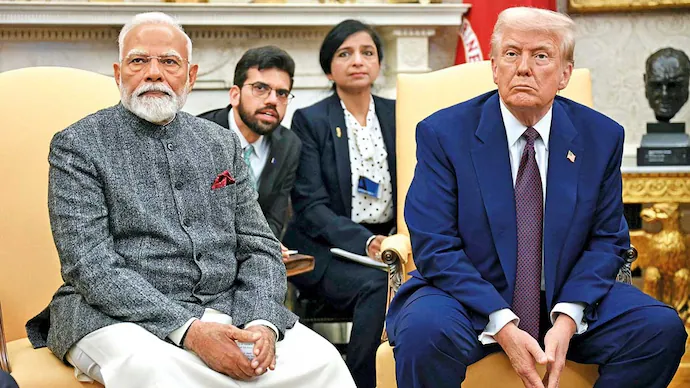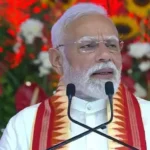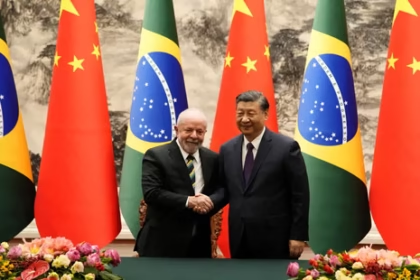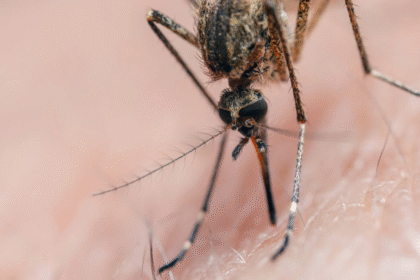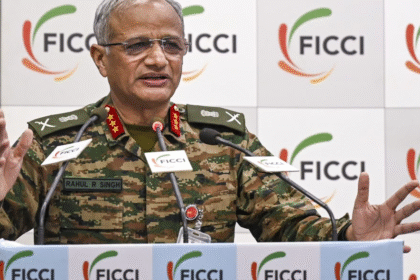US Slaps 25% Tariffs on $500M Indian Goods from August 27 – Trade War Escalates
The US has imposed an additional 25% tariff on $500M worth of Indian goods starting August 27, 2025, intensifying trade tensions between Washington and New Delhi
The United States has officially issued a public notice imposing additional 25 per cent tariffs on imports from India, with the new duties set to take effect at 12:01 am (EST) on August 27.
The notice, issued by the Department of Homeland Security through US Customs and Border Protection (CBP), said the tariffs implement President Donald Trump’s Executive Order 14329, signed August 6.
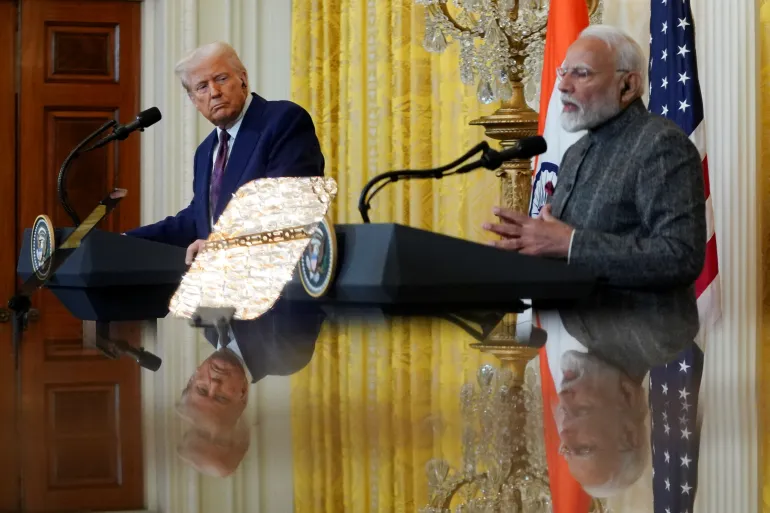
The order directed US agencies to respond to “threats to the United States by the Government of the Russian Federation,” with India being targeted for new duties as part of that policy.
The tariffs will apply to a broad range of Indian products listed in the annex to the notice. The tariffs will apply to any goods that arrive for use or are taken out of warehouses after the deadline.
US President Donald Trump also signalled that he could impose additional tariffs on countries trading with Russia or impose additional sanctions on Moscow if a deal fails to materialise.
He warned of “very big consequences” in the coming weeks if no progress is made.
So far, the US has avoided imposing similar measures on other major purchasers of Russian oil, including China.
In August this year, Trump slapped an additional 25 per cent tariff, raising the overall levy to 50 per cent on goods coming from India, as a penalty for New Delhi’s continued purchase of Russian oil.
Indian officials have decried the so-called secondary tariffs as “unfair, unjustified and unreasonable”, while expressing hope that progress in peace talks could eliminate the need for the increased duties.
India reiterated that it will do whatever it can to safeguard its national interest and dubbed the US move to hike the overall tariffs to 50 per cent “extremely unfortunate”.
Prime Minister Narendra Modi on Monday said that his government will find a way out regardless of the economic pressure by Washington.
“No matter how much pressure comes, we will keep increasing our strength to withstand it. Today, the Atmanirbhar Bharat Abhiyan is getting a lot of energy from Gujarat and behind this are two decades of hard work…,” PM Modi said while speaking at a public address in Ahmedabad.
In a move that signals a sharp escalation in bilateral trade tensions, the United States has announced the imposition of an additional 25% tariff on Indian goods worth nearly $500 million, effective August 27, 2025. The decision, outlined in a formal notice issued by Washington, is expected to impact multiple sectors of India’s export economy, ranging from textiles and agricultural products to engineering goods.
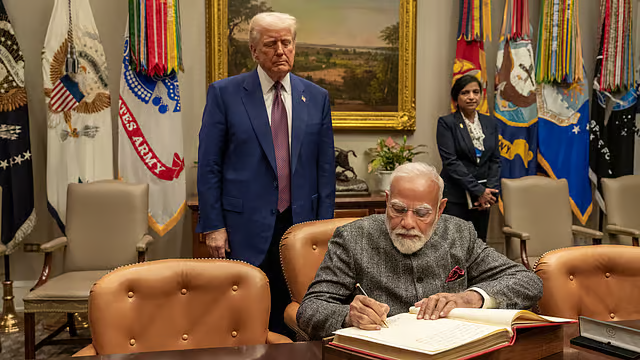
According to US trade authorities, the tariffs are part of a broader policy response to what Washington describes as “imbalanced trade practices” and “market access barriers” in India. Officials emphasized that the move aims to “protect American industries and ensure a level playing field” as negotiations between the two countries over trade disputes remain unresolved.
India, which is one of the fastest-growing trade partners for the US, exported goods worth over $80 billion to Washington in the last fiscal year. The newly announced tariffs are set to cover nearly 5–6% of the total value, making them a significant barrier for Indian exporters already grappling with global market volatility.
Trade experts suggest that the additional tariffs will have wide-ranging effects on India’s export economy. Some of the most affected sectors could include:
Textiles and apparel: India is among the top suppliers of garments to the US, and the tariff is expected to raise costs for American buyers, reducing demand.
Agriculture and food products: Indian exports of rice, spices, and marine products are likely to face sharp declines in competitiveness.
Engineering goods and machinery: These exports are a major component of India’s trade with the US and could see reduced orders due to higher import costs.
For Indian exporters, the tariff could mean a loss of market share at a time when they are already battling high logistics costs, rising raw material prices, and a slowing global demand.
The Government of India is expected to raise the issue through diplomatic and trade negotiation channels. Sources indicate that New Delhi may consider approaching the World Trade Organization (WTO) to challenge the decision, similar to past disputes with the US over tariffs on steel, aluminum, and other goods.
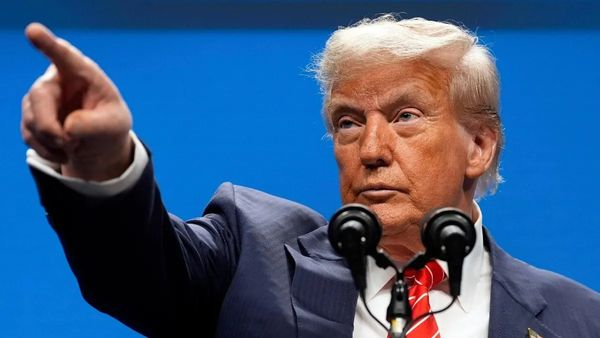
At the same time, India may explore reciprocal measures if discussions fail to produce a compromise. Experts, however, warn that retaliation could further strain bilateral ties at a time when both nations are seeking deeper cooperation in areas like defense, technology, and energy security.
The move comes at a sensitive time in US-India relations, which have otherwise been witnessing strategic convergence in areas such as Indo-Pacific security and digital economy partnerships. While Washington continues to view India as a critical ally in countering China’s influence, trade disputes like this one highlight the friction points in an otherwise robust relationship.
Analysts believe that while the tariffs are unlikely to derail the overall partnership, they may complicate negotiations on pending trade agreements, including talks on a bilateral investment treaty and cooperation on high-tech goods.
With the tariffs set to take effect on August 27, 2025, Indian exporters are bracing for immediate disruptions. Industry bodies are urging the government to step up diplomatic engagement with Washington to seek relief or carve out sector-specific exemptions.
The coming weeks will determine whether the dispute escalates into a prolonged trade standoff or is resolved through negotiation. What remains clear, however, is that the additional 25% tariff marks one of the sharpest trade actions the US has taken against India in recent years, underlining the challenges of balancing strategic partnerships with economic competition.
Read Also : Noida Dowry Death Shocker: 7 Big Revelations – Nikki Was Told ‘No Reels, No Parlour, Just Housework


